100% biodegradable
A bioplastic shell, a cellulose pulp cover, recycled paper packaging… maybe respecting the environment isn’t so complicated after all. Tucano is trying it out with Verde, the first 100% biodegradable cover for 10.2” iPads.
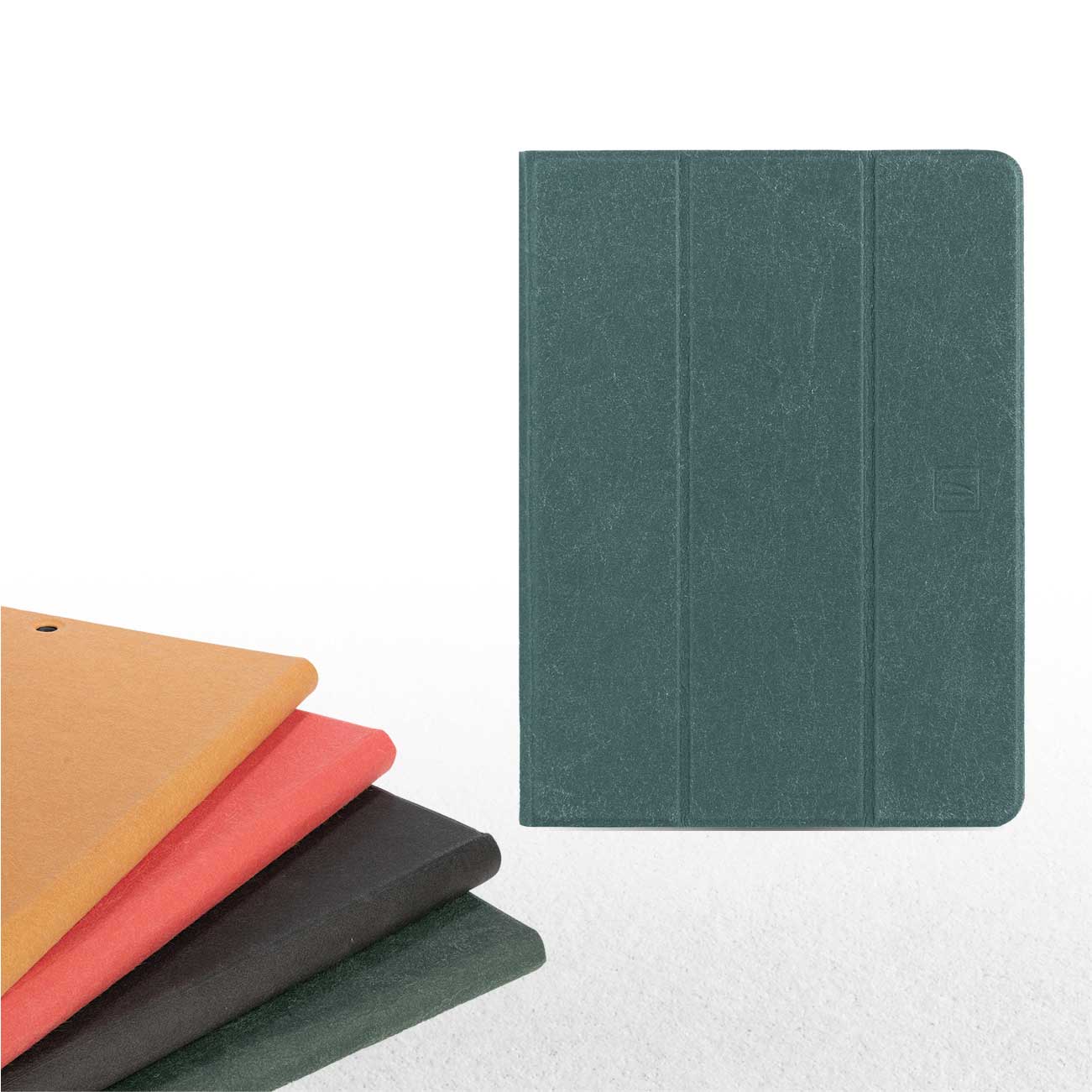
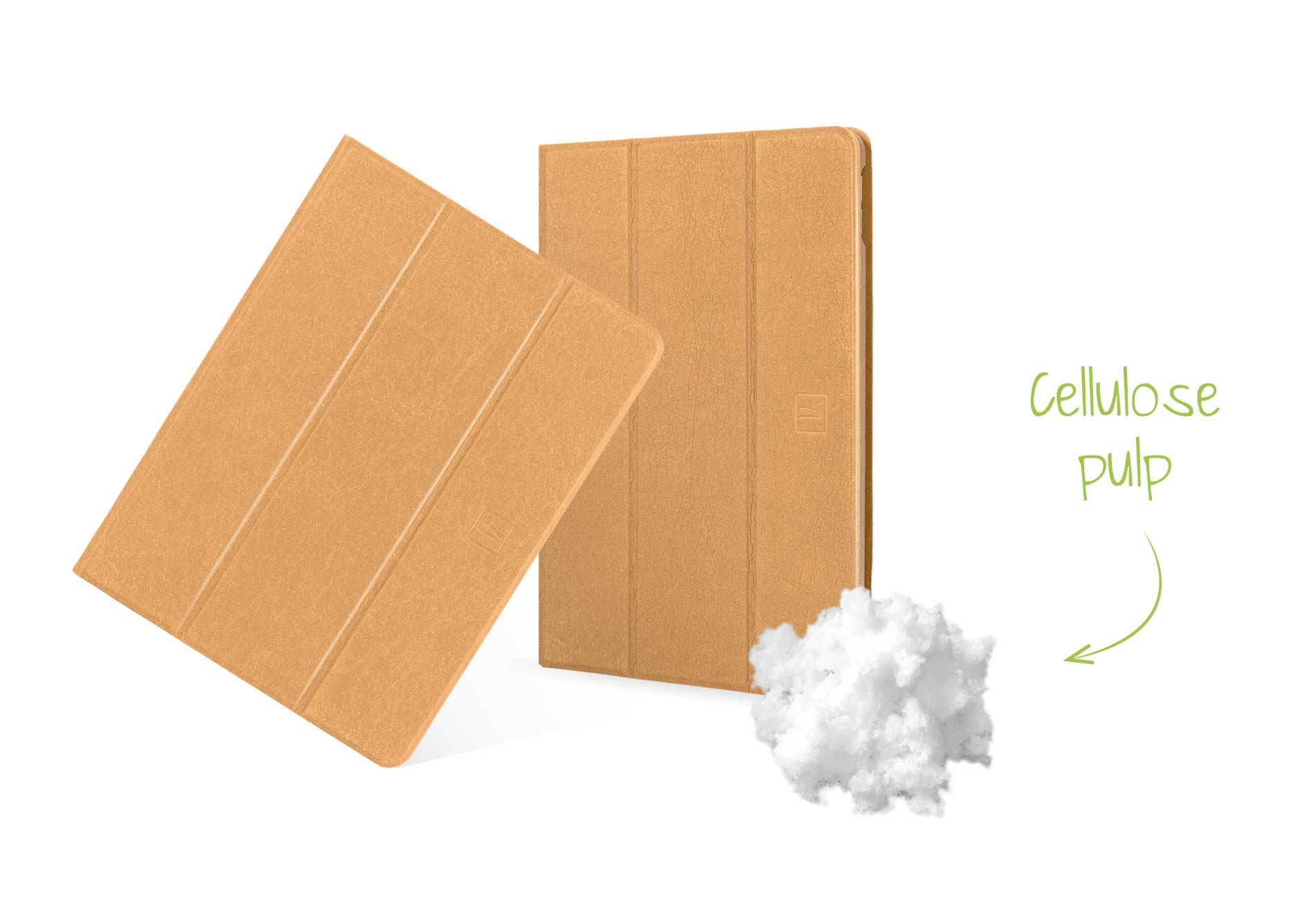
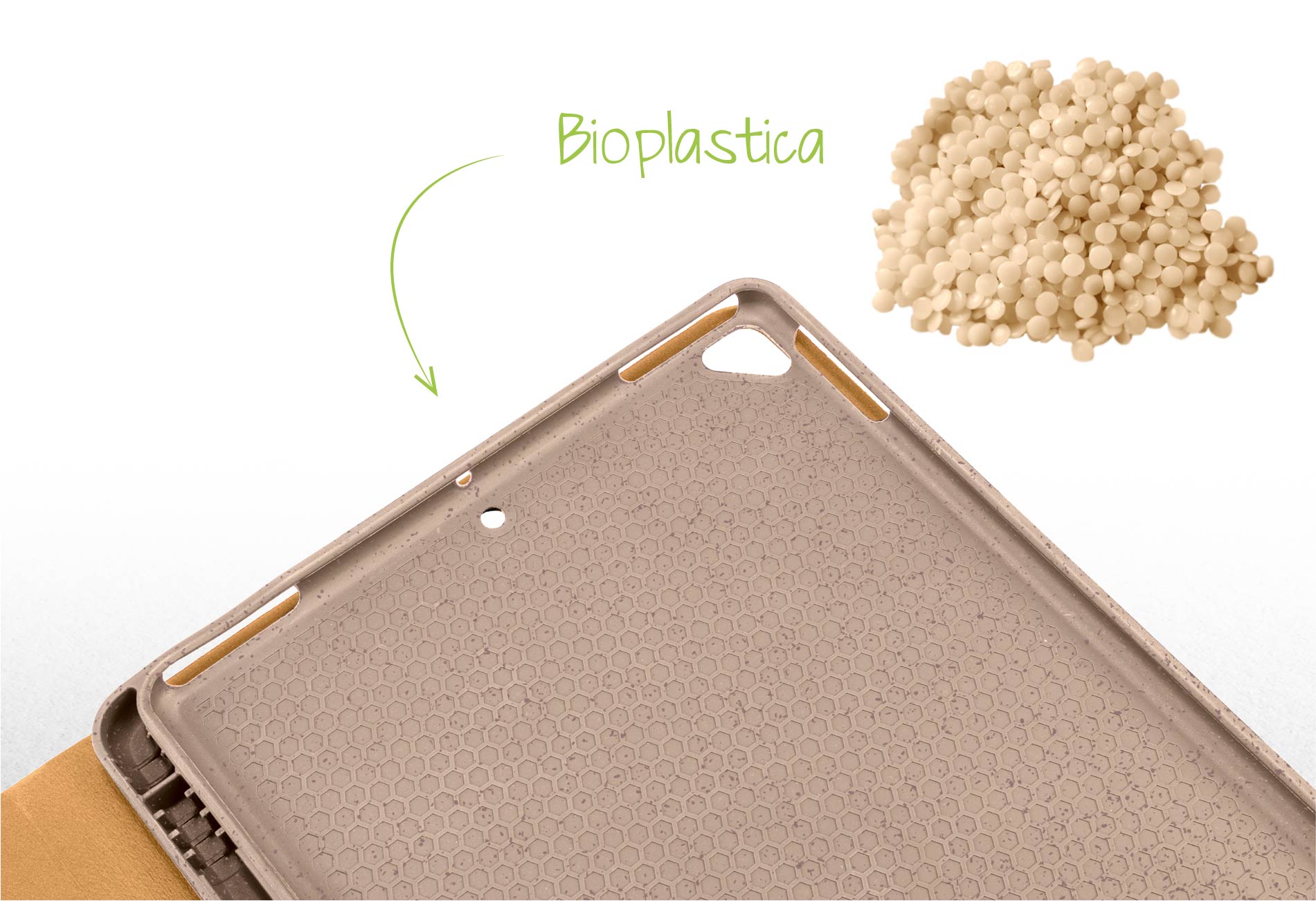
The cover and the shell
Cellulose pulp is a natural fiber that was used to make the cover, this fiber contains a special polysaccharide – found in most plants and especially in the woody parts of trees – that isn’t water soluble. Because it’s completely natural, cellulose is also biodegradable and compostable. Bioplastic, in this case PBAT (polybutylene adipate terephthalate), is a flexible, ductile material used to make the back shell of this case. What is it exactly? It’s a laboratory-generated, biodegradable plastic, of an organic or fossil nature, which is quickly reabsorbed into the environment thanks to bacteria already present in the soil. The advantage? A lower environmental impact and a consequent reduction in pollution.
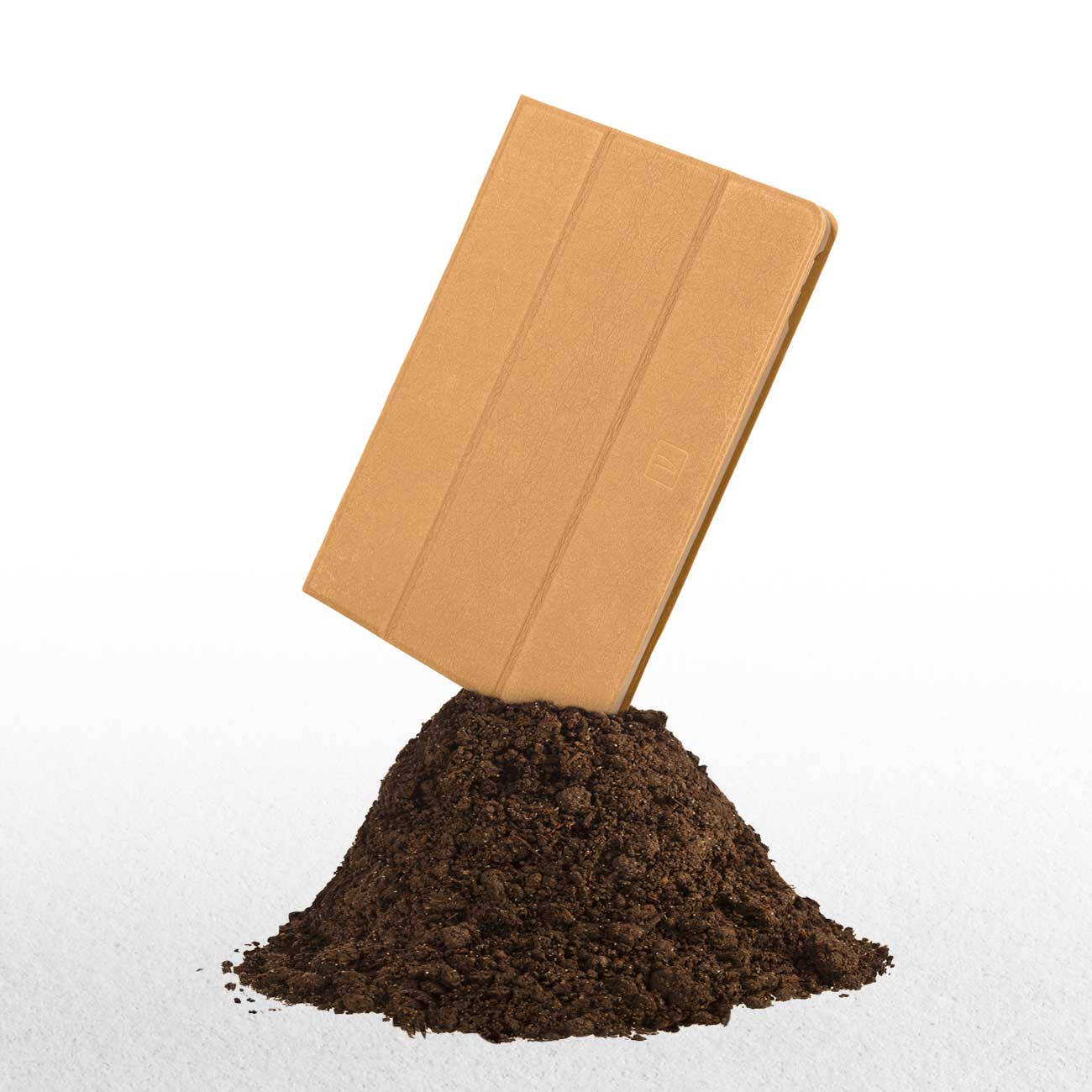
No, we’re not telling you to throw it on the ground…
However, you should know that the PBAT and the cellulose pulp, the materials that make up the shell and the cover, are both decomposable thanks to the intervention of bacteria and plants or physical agents such as the sun, water or the environment itself.
Biodegradable but with all the pluses of Tucano products
Verde is not only organic, it also allows you to take advantage of all the technical pluses offered by our iPad cases: it turns into a convenient stand, allows quick camera access thanks to the folding back cover, and it features an internal holder for the Apple Pencil.
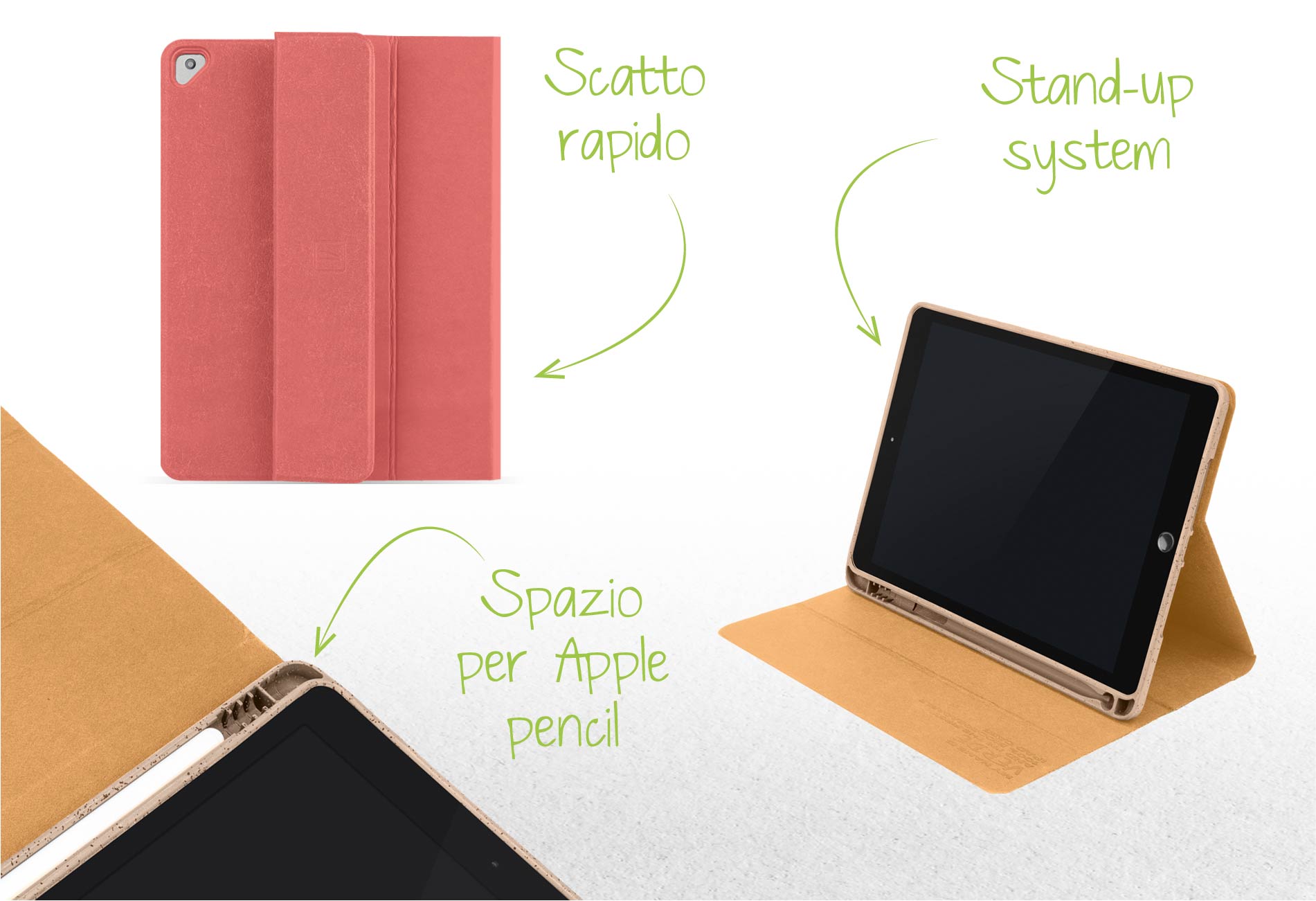
Tucano and the environment: a 360° commitment
In recent years Tucano has been paying a lot of attention to the issue of eco-sustainability, and has been continually growing on a sustainable path, which has become the guiding principle behind all of our new products. Eco-nylon, eco-polyester, and eco-friendly netting are just some of the materials made of R-pet and, beyond that, there’s the continuous technological research which has allowed us to take more experimental paths. And, we’ve carried those values through to our packaging, packing materials and logistics.

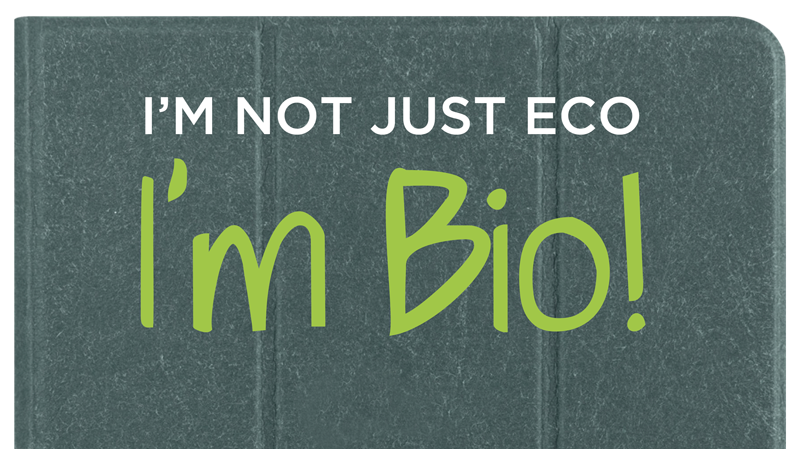
Recent Comments